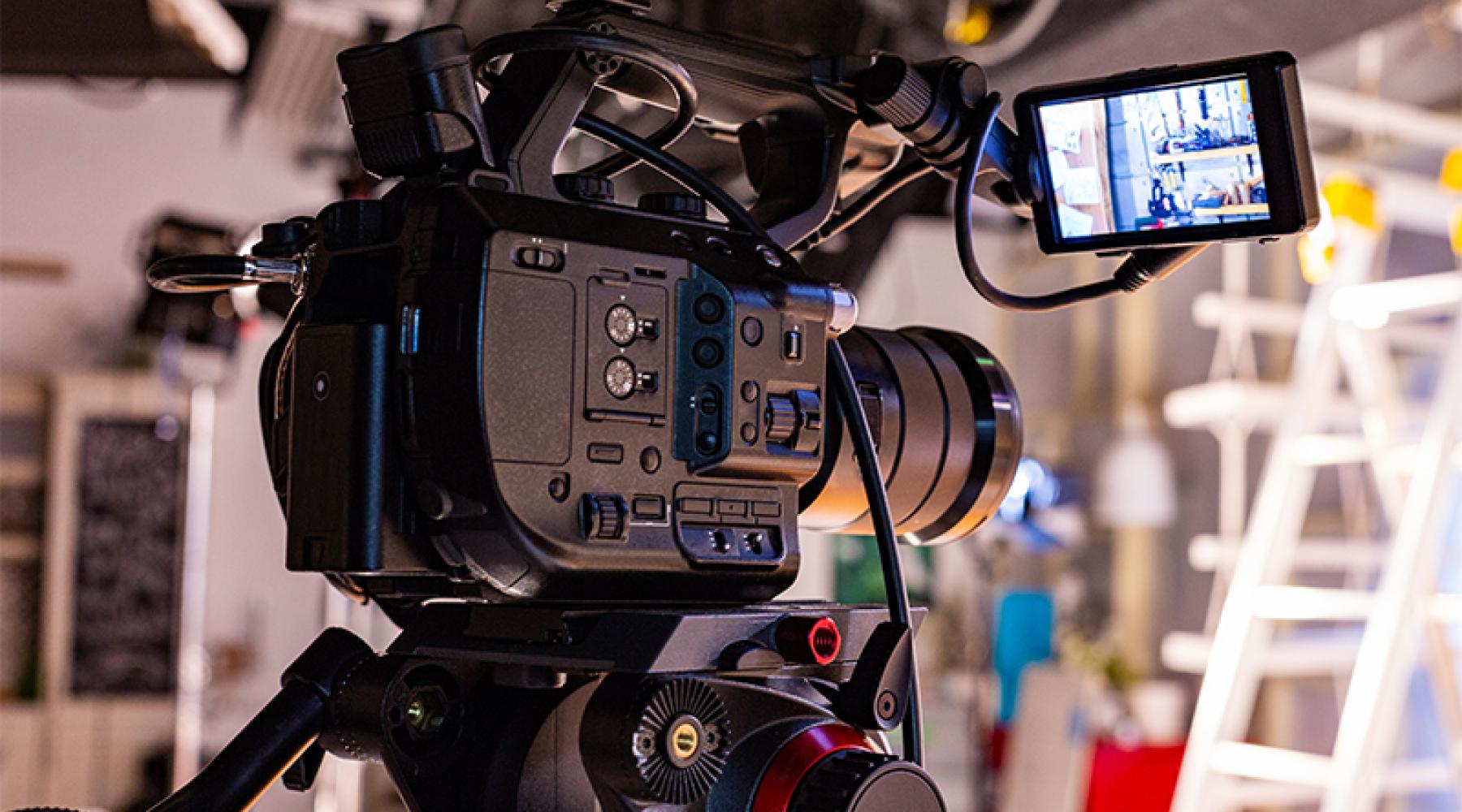
Reopening the NYC Film and TV Industry
Operations in the film and TV industry came to a halt in New York City during March due to the spread of COVID-19. New York City entered Phase 4 on July 20, which allowed production to restart subject to state and city restrictions and requirements. Unions, employers and guilds have collaborated in the Industry-Wide Labor-Management Safety Committee Task Force to create a white paper containing safety and health guidelines. It is important to note that the guiding principles discussed may require adaptation in the future as the pandemic circumstances continue to evolve. Individual unions and guilds have also issued their own sets of protocols such as International Alliance of Theatrical Stage Employees Local 600 and the International Cinematographers Guild. Below are answers—based on the white paper—to questions that likely will arise as the industry reopens.
What are the guiding principles that underlie health and safety recommendations for the reopening process?
The utmost priority is the health and safety of the general public, in addition to all cast and crew. Re-opening the industry and resuming work are primary goals, as well. Moreover, decision making must be based on medical expertise. Following all public health guidelines established by state, local, and federal governments is also required.
What are the key guidelines that employers must establish in order to create an environment in which it is safe to resume work?
- Regular, periodic testing of the cast and crew as a condition of employment and continued employment to lessen the risk of COVID-19 spreading
- Cast and crew will be required to wear appropriate and adequate PPE, which employers must provide at no cost. All cast and crew should be issued personal face coverings assigned to individuals and not shared. Disposable masks should be replaced daily and reusable ones cleaned daily.
- Effective and frequent hand hygiene is crucial and made possible through measures including available and accessible handwashing facilities, hand sanitizer stations and promoting opportunities for cast and crew to perform hand hygiene.
- Practicing heightened cleaning and disinfection is recommended, which includes periodic wiping of high-touch surfaces, daily cleaning of shared workspaces and dedicated individuals to perform cleaning on and off set, and disinfection of equipment such as microphones and headsets.
- Stagger call and wrap times for cast and crew to minimize the number of simultaneous arrivals and departures. When feasible, limit the length of workdays and consecutive days.
- One or more autonomous COVID-19 compliance officer(s) tasked with COVID-19 safety enforcement and compliance must be present at the workplace to respond to issues as they emerge. A communication or hotline system should also be in place to address all cast and crew safety concerns and queries. Such communication of safety concerns by cast and crew in good faith is to be encouraged and shall not be disciplined.
- Daily symptom monitoring requirement for all cast and crew prior to arriving at the workplace. A member of cast or crew must immediately report if they or a member of their household experience symptoms or they came in close contact with an individual testing positive for COVID-19.
- Implement flexible, non-punitive paid leave policies that allow sick employees to stay home without risk of harm to financial security and that encourage adherence to infection prevention guidelines.
- Practice physical distancing when possible and minimize face-to-face contact. Whenever feasible, hold meetings virtually and utilize paperless processes for documents such as scripts and call sheets.
- Mandatory, thorough training for all employees to abide by health and safety guidelines and education on topics such as PPE, physical distancing, hand hygiene practices and signs/symptoms of COVID-19. There should also be signage in the workplace to reinforce the information.
- Department heads and their crews, unit production managers and assistant directors will be consulted in making structural and logistical changes to ensure safe workplace practices.
- Implementing mental health resources can help support employees during the stressful period of resuming production.


